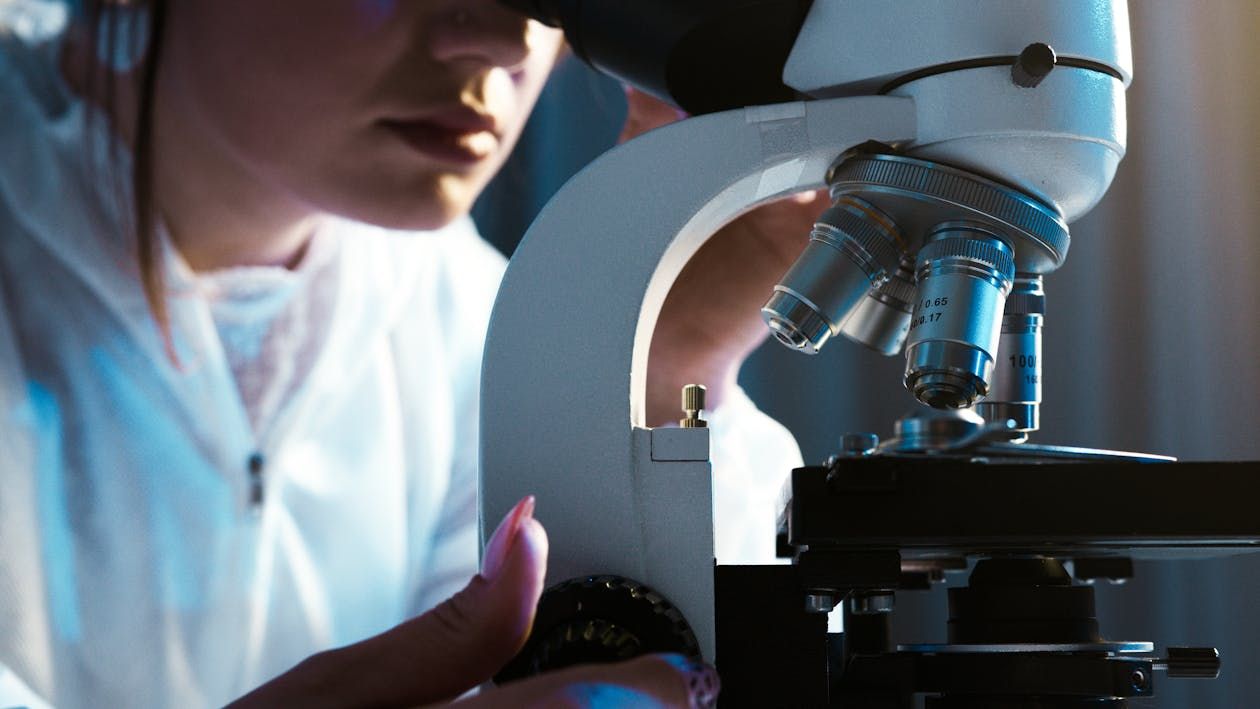This sensor diagnoses a disease with a single molecule 🔬
Published by Cédric,
Article author: Cédric DEPOND
Source: Nature Nanotechnology
Other Languages: FR, DE, ES, PT
Article author: Cédric DEPOND
Source: Nature Nanotechnology
Other Languages: FR, DE, ES, PT
Follow us on Google News (click on ☆)

Illustration image Pexels
Current methods require millions of molecules to identify a disease, which limits their accuracy and speed. The new tool, developed by the team of Kevin Freedman, a professor of bioengineering, uses nanopores to capture electrical signals emitted by individual molecules, such as DNA or proteins. This approach allows for ultra-precise detection, even at extremely low concentrations.
How does this technology work?
At the heart of the device is a nanopore, a microscopic opening through which molecules pass one by one. When a molecule passes through this pore, it reduces the ion flow, generating a measurable electrical signal. This mechanism allows for the identification of specific biomarkers with high reliability.
Unlike traditional sensors, which require external filters that can alter data, the nanopore itself acts as a filter. It reduces background noise while preserving useful signals, improving diagnostic accuracy.
Promising applications in medicine and research
The team plans to miniaturize this technology to create a portable device, the size of a USB key. Such a tool could detect infections in 24 to 48 hours, compared to several days for current tests. This speed would be essential for containing rapidly spreading diseases.
Beyond diagnostics, this technology opens up prospects in protein research. It allows for distinguishing healthy proteins from those involved in diseases, even when their structures are very similar. This could lead to more personalized and effective treatments.
Towards molecular-scale protein sequencing
One of the major goals of this research is to achieve protein sequencing at the single-molecule scale. While DNA sequencing provides genetic information, protein sequencing reveals how these instructions are implemented in the body. This advancement could enable earlier detection of diseases and more tailored therapies.
A future integrated into daily life
Kevin Freedman is convinced that nanopores will become ubiquitous, both in research and healthcare. With increasingly accessible devices, this technology could be used in home or clinical diagnostic kits, thus transforming our approach to personalized medicine.